eXoMod’s C68 ‘Blanca’ Heads For The Auction Block In Kissimmee
Carbon-Fiber-Bodied C68 Carbon Charger Will Hit The Block With No Reserve...

eXoMod Concepts has built a reputation for combining classic muscle car styling with cutting-edge technology, and one of their crown jewels, a C68 Carbon, nicknamed “Blanca,” is set to make waves at the Mecum Kissimmee 2025 auction. Scheduled for January 18 as part of the prestigious Shawn Anderson Collection, this carbon-fiber reimagining of the iconic 1968 Dodge Charger will be sold with no reserve, making it one of the event’s most anticipated highlights.
Blanca: Where Tradition Meets Innovation –

Starting with a 2021 Dodge Challenger SRT HELLCAT, eXoMod Concepts spent more than 1,500 hours meticulously crafting a bespoke carbon-fiber body that replicates the widebody lines of the classic 1968 Charger. The attention to detail is extraordinary, with every panel designed to honor the golden era of muscle cars while enhancing the car’s performance and modern appeal.
Performance That Redefines Power –
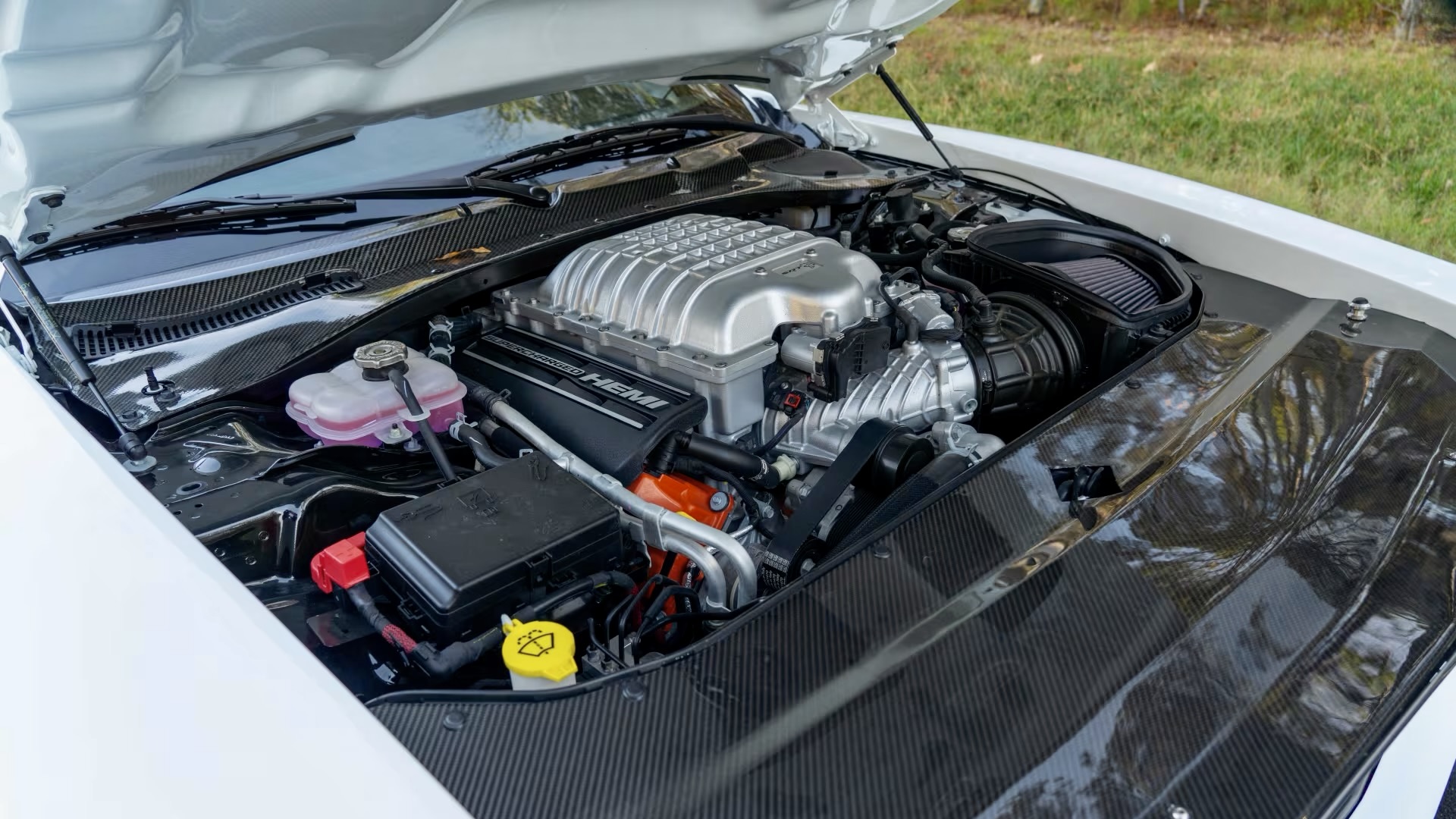
At the heart of Blanca lies a supercharged 6.2-liter HELLCAT HEMI® V8, transformed by Hennessey Performance Engineering (HPE) to produce an astonishing 1,000 horsepower and 948 lb.-ft. of torque. HPE’s upgrades include pulley modifications, a ported supercharger snout, high-flow catalytic converters, stainless steel headers, and more, ensuring every bit of this muscle car’s potential is unleashed. The result is a driving experience that is as thrilling as it is refined.
Currently, Blanca only has 322 miles on her odometer.
Luxury Meets Safety –
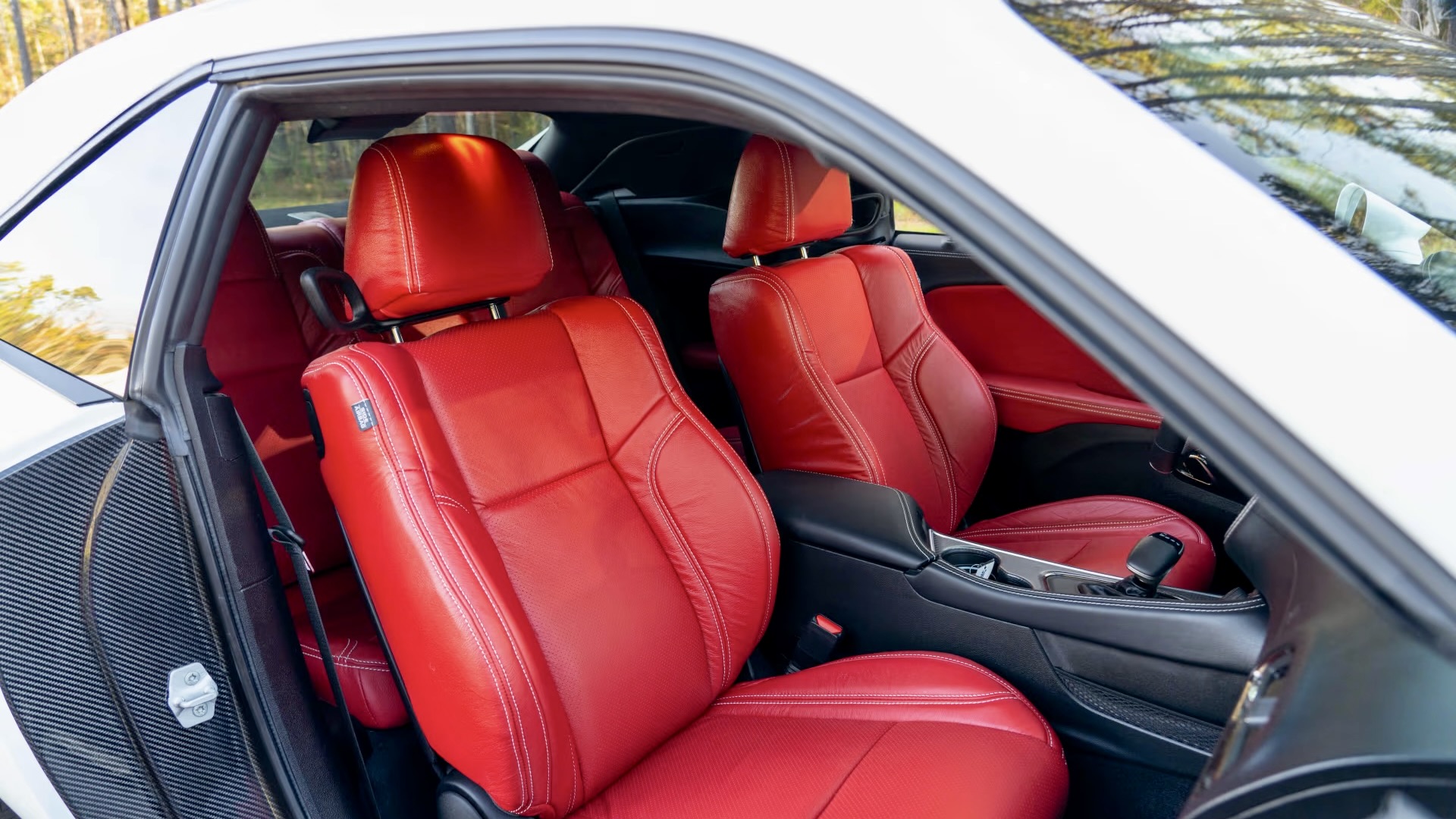
Despite its vintage-inspired exterior, Blanca retains the HELLCAT Challenger’s modern amenities and safety features. This includes advanced infotainment systems, airbags, traction control, ABS, and stability control. The blend of retro styling with modern luxury ensures that this vehicle is an icon on the road and a joy to drive.
Blanca’s Legacy –
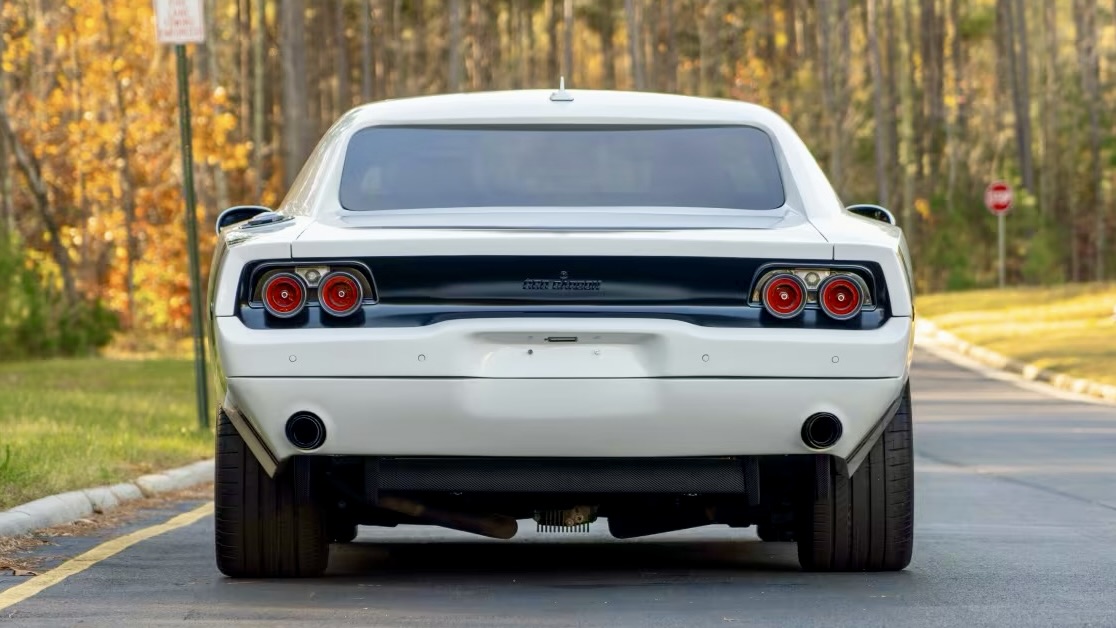
Initially sold for $379,000, Blanca is a testament to eXoMod’s expertise in crafting unique, high-performance vehicles. As part of the Shawn Anderson Collection, its presence at Mecum Kissimmee 2025 generates significant excitement among collectors. With no reserve, the auction could set new benchmarks for custom resto-mod sales.
It will be interesting to see how much Blanca brings once the hammer drops in January.


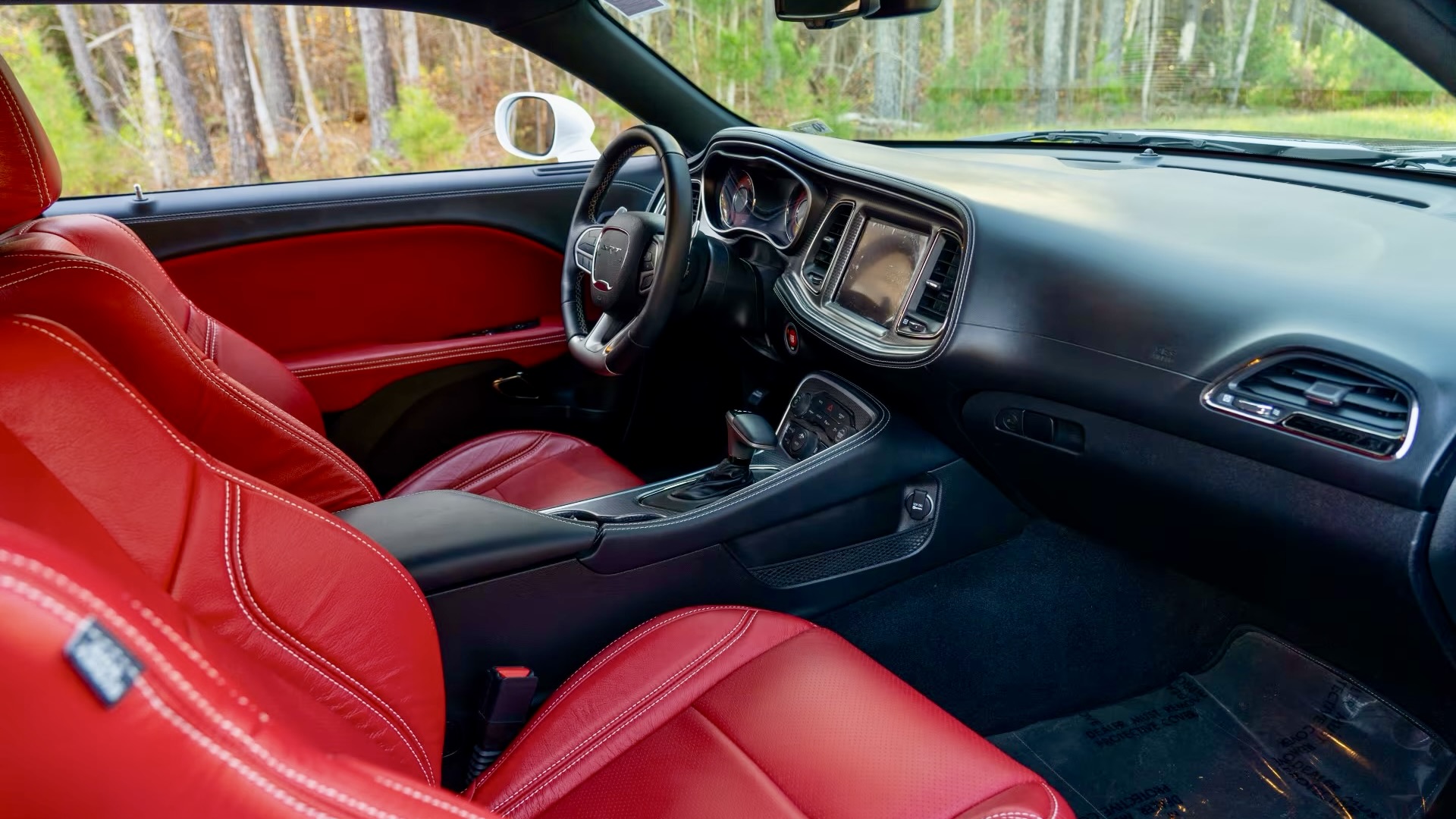




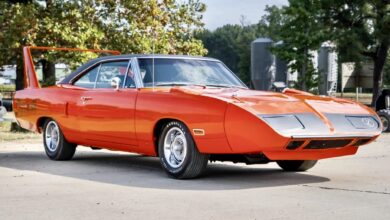


No replies yet
Loading new replies...
Join the full discussion at the Mopar Insiders Forum →